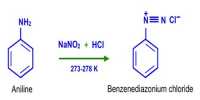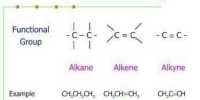Lubricity is a measure of the extent to which abrasion caused by the movement of one metal surface against another is mitigated by a particular hydrocarbon, and lubricity values for diesel fuels (and their carbon neutral alternatives, as will be fully explained in a later chapter) are of some importance. Lubricity is determined in an apparatus whereby a steel ball rotates whilst in contact with fixed steel plate, the entire assembly being immersed in the fuel of interest. The ‘scar diameter’ on the fixed steel plate after such a test, units microns, is termed the lubricity. A fuel with a good degree of lubricity will give rise to a small scar diameter. There are standard procedures for this test approved by bodies including ASTM.
Literature cited previously in this chapter contains lubricity information and this is summarized in the table below. Information from a further is also given.
Details of lubricity
- Lubricity for the diesel without additive 470 gin
- Lubricities for the two fuels 425 and 555 gm
- A lubricity value of 581 grn for ULSD
- A value of 450 gm for a ULSD without a lubricity additive
The ULSD has the highest value (i.e., the poorest lubricity) of the diesels in the table, and it is known that the processes involved in making ULSD have an adverse effect on lubricity, as they do on electrical conductivity. Toluene is an example of a lubricity enhancing additive. Standards vary from place to place; in the US 520 μn is seen as the maximum acceptable value for a diesel fuel.
Tests like that for lubricity are fraught with potential irreproducibility even if performed according to a recognised and approved procedure. Consequently the view is often taken that when a particular hydrocarbon product is examined for lubricity it should be against a standard hydrocarbon so that the basis of the test result is comparative.













